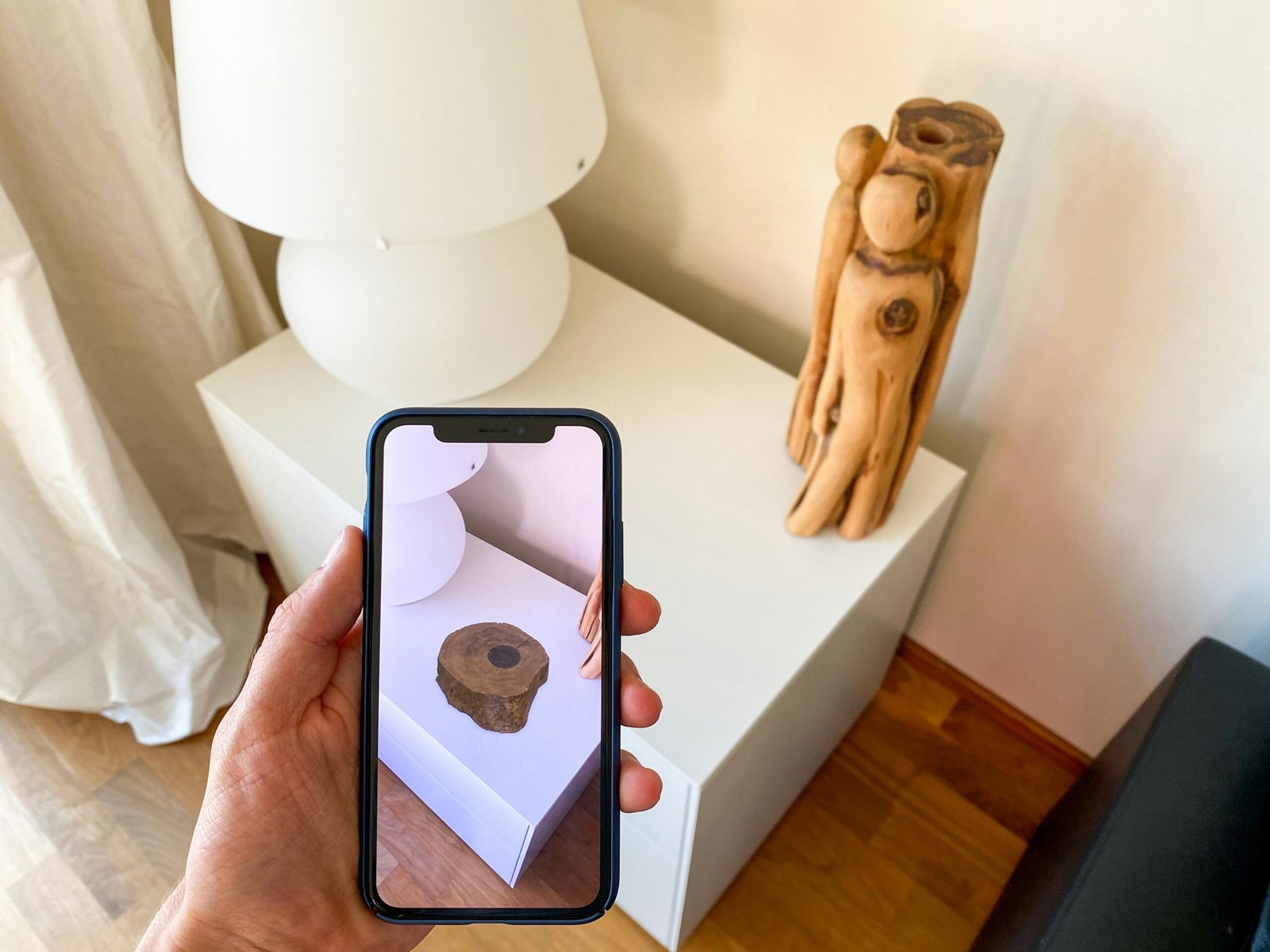In today’s digital age, technology has revolutionized the way we shop. Gone are the days of long queues and limited product options. With the advent of retail tech UX (user experience), shopping has become more convenient, personalized, and immersive. In this blog post, we will explore how digital design is transforming shopping experiences and enhancing customer satisfaction.
1. Seamless Online Shopping
One of the key benefits of retail tech UX is the ability to provide a seamless online shopping experience. E-commerce platforms are designed with user-friendly interfaces, intuitive navigation, and smooth checkout processes. Customers can easily browse through a wide range of products, compare prices, read reviews, and make purchases with just a few clicks.
Furthermore, personalized recommendations based on browsing history and previous purchases enhance the shopping experience by offering relevant suggestions and saving time for customers. Retailers can also leverage technologies like augmented reality (AR) and virtual reality (VR) to allow customers to visualize products in their own space before making a purchase.
2. In-Store Digital Enhancements
Retail tech UX is not limited to online shopping. Physical stores are also incorporating digital design to enhance the in-store experience. Interactive touchscreens, self-checkout kiosks, and mobile apps are just a few examples of how retailers are leveraging technology to streamline the shopping process.
Interactive touchscreens provide customers with access to detailed product information, availability, and personalized recommendations. They can also be used to showcase additional features, videos, or customer reviews, helping customers make informed decisions. Self-checkout kiosks reduce waiting times and allow customers to complete their purchases independently, improving efficiency and convenience.
Mobile apps are another powerful tool for enhancing the in-store experience. Customers can use these apps to locate products, check prices, receive personalized offers, and even make payments. Retailers can leverage location-based services to send targeted notifications and promotions to customers when they are near specific products or departments.
3. Virtual Shopping Assistants
Retail tech UX has also introduced virtual shopping assistants, which use artificial intelligence (AI) to provide personalized recommendations and assistance. These virtual assistants can be accessed through websites, mobile apps, or even voice-activated devices like smart speakers.
Virtual shopping assistants analyze customer preferences, purchase history, and browsing behavior to offer tailored product recommendations. They can answer customer queries, provide product information, and guide customers through the purchasing process. By leveraging AI, retailers can deliver a more personalized and efficient shopping experience, ultimately increasing customer satisfaction and loyalty.
4. Enhanced Customer Service
Digital design has transformed customer service in the retail industry. Chatbots and live chat features on websites and mobile apps allow customers to get instant assistance without having to wait for a customer service representative. These automated systems can provide answers to frequently asked questions, help with product selection, and resolve common issues.
Additionally, retailers can use data analytics to gain insights into customer behavior and preferences. This information can be used to improve products, services, and overall customer experience. By understanding customer needs and pain points, retailers can tailor their offerings to better meet customer expectations.
5. Data-Driven Decision Making
Retail tech UX generates a vast amount of data that can be leveraged to make informed business decisions. Retailers can analyze customer behavior, purchasing patterns, and preferences to identify trends and opportunities. This data-driven approach allows retailers to optimize inventory management, pricing strategies, and marketing campaigns.
By understanding customer preferences and trends, retailers can offer personalized promotions and recommendations, increasing the chances of conversion and customer satisfaction. Data analytics also enables retailers to identify potential areas for improvement and optimize the overall shopping experience.
In conclusion, retail tech UX is transforming shopping experiences by leveraging digital design. From seamless online shopping to in-store digital enhancements, virtual shopping assistants, enhanced customer service, and data-driven decision making, technology is revolutionizing the retail industry. By embracing these advancements, retailers can create personalized, convenient, and immersive shopping experiences that drive customer satisfaction and loyalty.










Leave a Reply